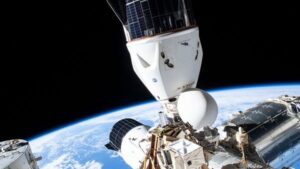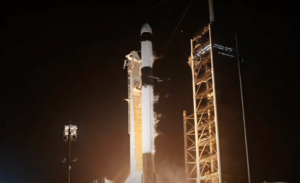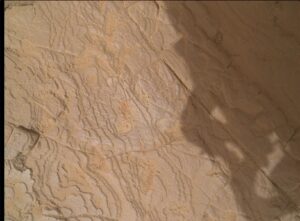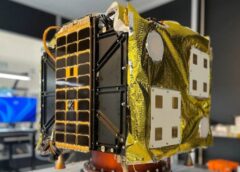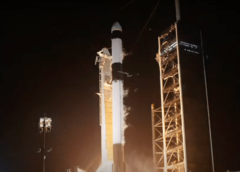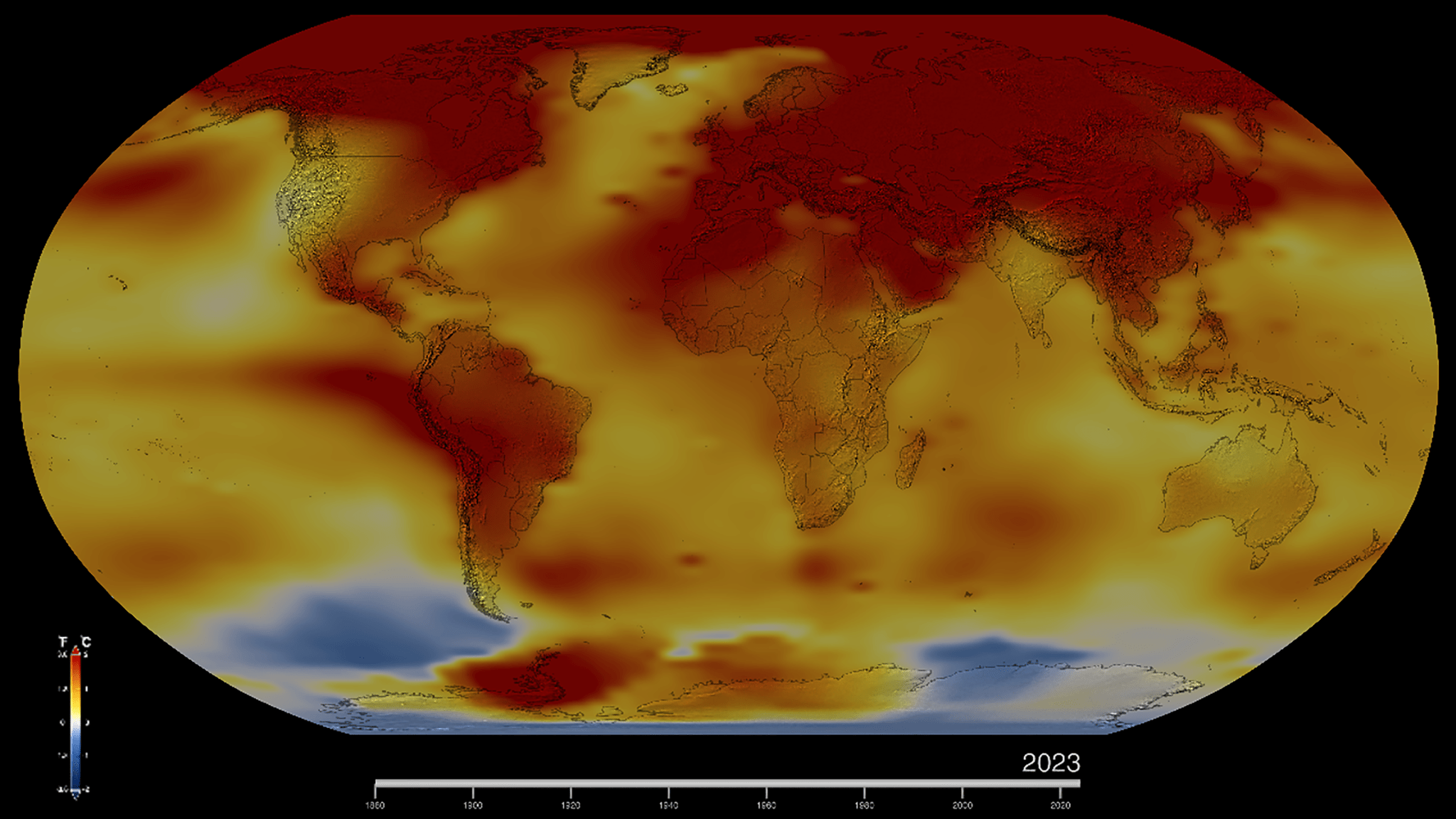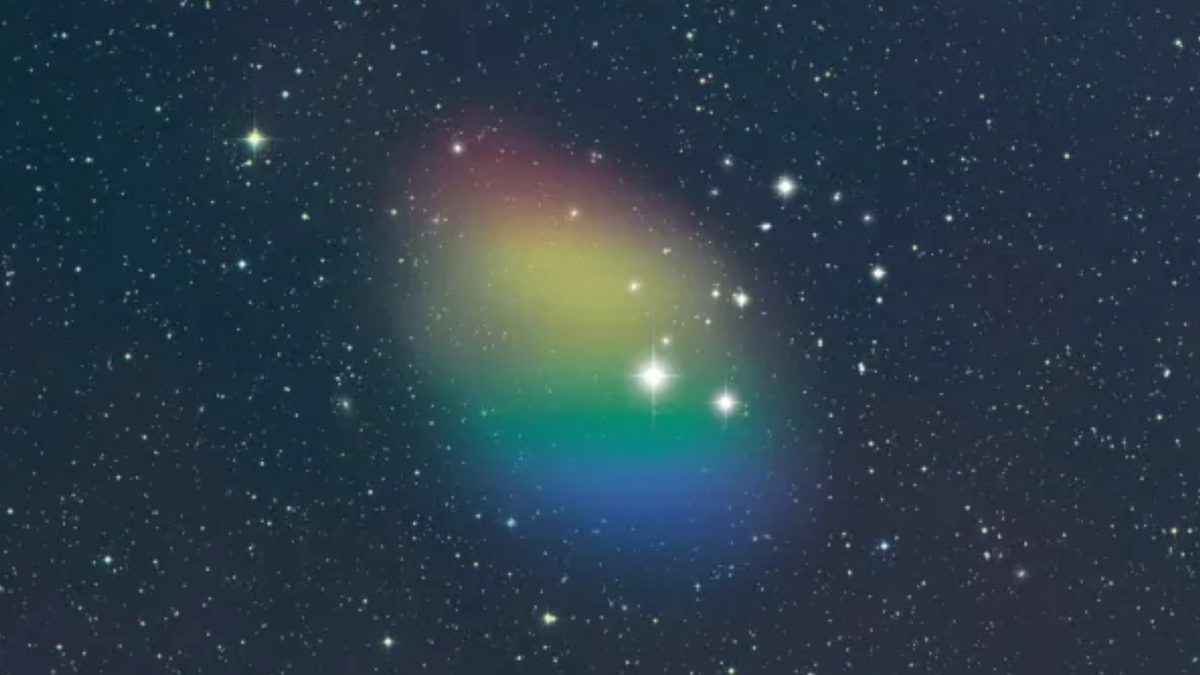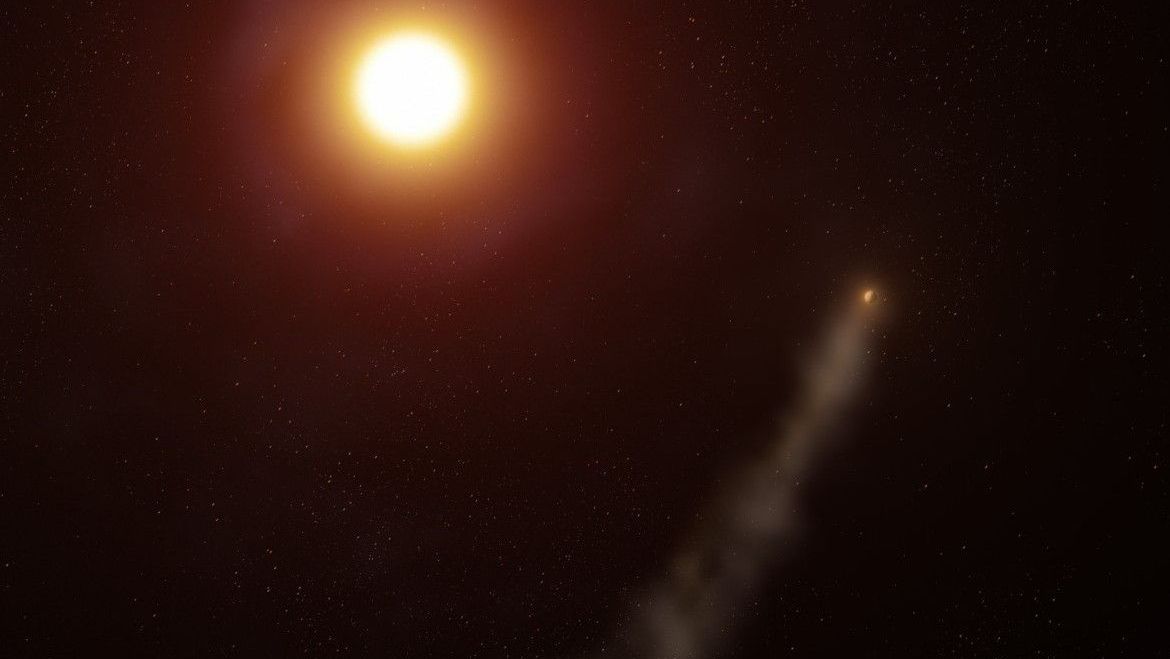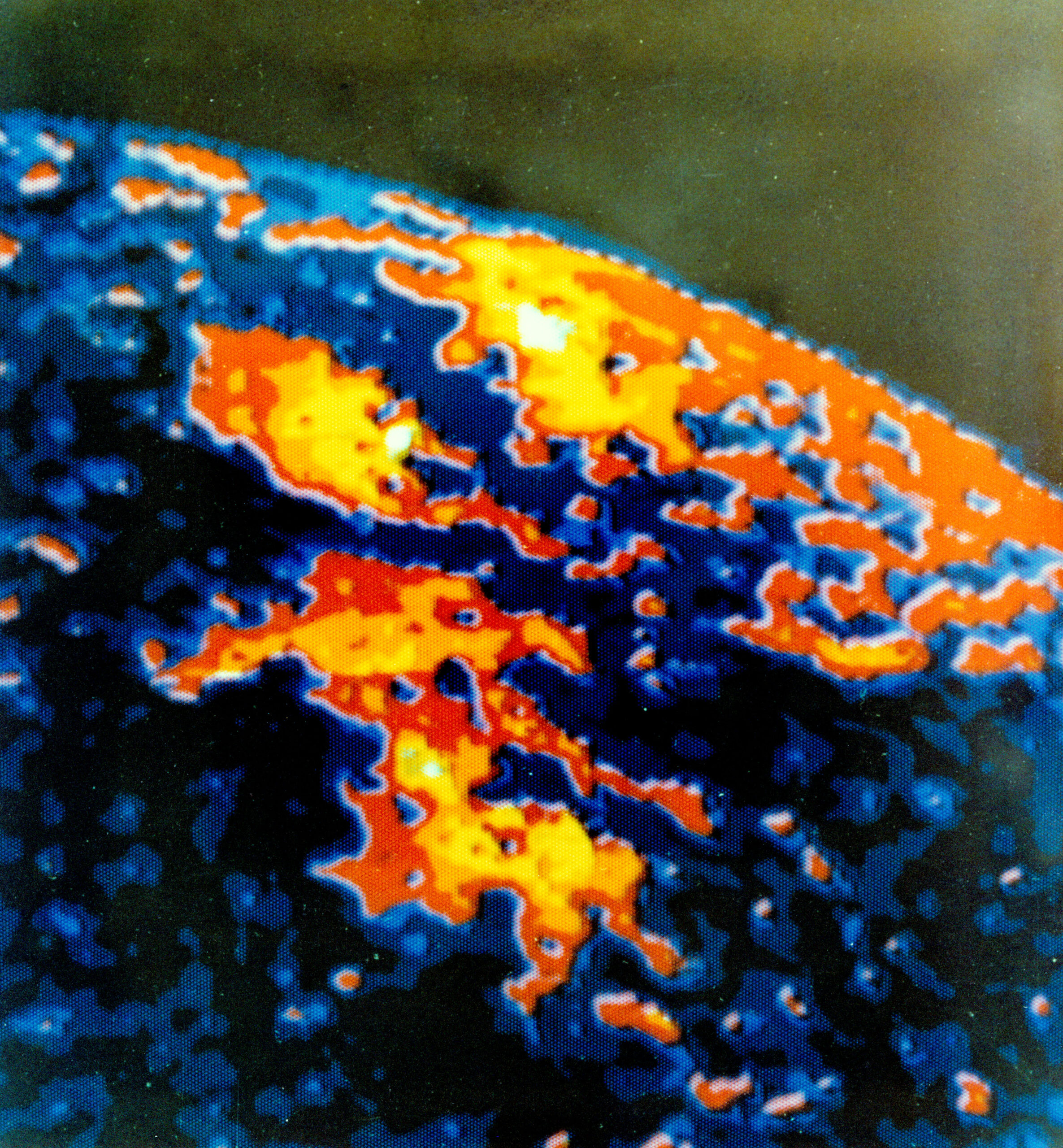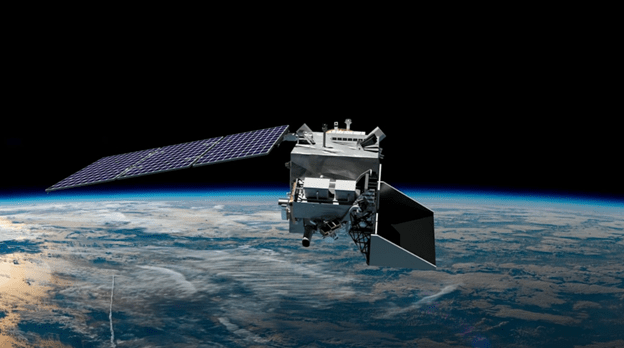6 Min Read Accounts Payable Welcome to NSSC Accounts Payable where we process all accounts payable invoices, centrally billed accounts, and government charge card transactions for the Agency. Vendor Payment NASA is committed to expedient and accurate payment of invoices. Any questions or inquiries should be addressed to the Contracting Officer designated on your award or to the NSSC Customer Contact Center. NSSC Customer Contact Center telephone: 1-877-677-2123 (1-877-NSSC123) Fax: 1-866-779-6772 (1-866-779-NSSC) Vouchers and invoices are to be submitted in the Treasury’s Invoice Processing Platform for awards that include the new voucher…
Read MoreNASA Analysis Confirms 2023 as Warmest Year on Record
This map of Earth in 2023 shows global surface temperature anomalies, or how much warmer or cooler each region of the planet was compared to the average from 1951 to 1980. Normal temperatures are shown in white, higher-than-normal temperatures in red and orange, and lower-than-normal temperatures in blue. An animated version of this map shows global temperature anomalies changing over time, dating back to 1880. Download this visualization from NASA Goddard’s Scientific Visualization Studio: https://svsdev.gsfc.nasa.gov/5207. NASA’s Scientific Visualization Studio Lee esta nota de prensa en español aquí. Earth’s average surface temperature…
Read MoreVerdant Farmlands of Simsbury, Connecticut
The Operational Land Imager-2 on Landsat 9 captured this image of Simsbury on September 15, 2022. The tobacco farm where Martin Luther King worked—Meadowood—is located west of the Farmington River, a tributary of the Connecticut River.
Read MoreAstronomers accidentally discover ‘dark’ primordial galaxy with no visible stars
Astronomers have accidentally discovered a dark galaxy filled with primordial gas untouched that appears to have no visible stars. The researchers behind the discovery say this galaxy, designated J0613+52, could be “the faintest galaxy found to date.” Interestingly, scientists using the Green Bank Telescope (GBT) discovered the “dark” galaxy through a complete error. “The GBT was accidentally pointed to the wrong coordinates and found this object. It’s a galaxy made only out of gas — it has no visible stars,” Green Bank Observatory senior scientist Karen O’Neil said in a…
Read MoreThis huge exoplanet’s comet-like tail is 350,000 miles long and scientists are thrilled
A comet-like planet beyond our solar system is losing a lot more atmosphere in its vast tail than previously thought, intriguing astronomers and sparking new questions about how planets evolve with their parent stars. The exoplanet WASP-69b, a hot, puffy gas giant 160 light-years from Earth that circles its host star in a speedy 3.9 days, first rose to fame in 2018 when astronomers found a possible comet-like tail of gas leaking from the planet’s atmosphere. That tail, which was thought to be just a tiny trail of helium particles,…
Read MoreWatch the mind-bending new trailer for sci-fi epic ‘3 Body Problem’ (video)
A fresh preview for the first epic sci-fi series of 2024 just warmed the hearts and minds of sci-fi faithful across the globe with the release of a fantastic full trailer for Netflix’s “3 Body Problem,” a compelling eight-episode alien invasion saga that strikes the streaming giant this spring. With a sterling production pedigree featuring “Game of Thrones’” Emmy Award-winning creators David Benioff and D.B. Weiss alongside the Emmy-nominated Alexander Woo (“The Terror: Infamy,” “True Blood”), this provocative and terrifying tale is adapted from the trilogy of science fiction novels…
Read More50 Years Ago: Skylab 4 Astronauts Begin Record-Breaking Third Month in Space
In space since their launch on Nov. 16, 1973, Skylab 4 astronauts Gerald P. Carr, Edward G. Gibson, and William R. Pogue began the new year of 1974 roughly halfway through their planned 84-day mission. By the end of January, the three rookies held the records for the longest single space flight and the most cumulative time spent in space. Mission managers monitored the station’s and the astronauts’ health and weekly concurred with extending the mission to its full duration as the astronauts accomplished a record number of science observations…
Read MoreNASA to Brief Media on Climate Mission to Study Ocean Life, Air
NASA’s PACE (Plankton, Aerosol, Cloud, ocean Ecosystem) mission, seen here in an artist’s concept, is scheduled to launch no earlier than Feb. 6, 2024, to study Earth’s oceans, atmosphere, and climate. NASA/Conceptual Image Laboratory NASA will host a media teleconference at 12 p.m. EST, Wednesday, Jan. 17, to discuss the upcoming launch and science objectives of the agency’s PACE (Plankton, Aerosol, Cloud, ocean Ecosystem) mission. Once in orbit above Earth, the satellite will shed light on the impact of tiny things – microscopic life in water and microscopic particles in…
Read More30 Doradus B: NASA Telescopes Start the Year With a Double Bang
This deep dataset from Chandra of the remains of a supernova known as 30 Doradus B (30 Dor B) reveals evidence for more than one supernova explosion in the history of this remnant. Unusual structures in the Chandra data cannot be explained by a single explosion. These images of 30 Dor B also show optical data from the Blanco telescope in Chile, and infrared data from Spitzer. Additional data from Hubble highlights sharp features in the image.
Read MoreNASA’s PACE To Investigate Oceans, Atmospheres in Changing Climate
6 Min Read NASA’s PACE To Investigate Oceans, Atmospheres in Changing Climate Earth is complex – the atmosphere, ocean, land, and each small interwoven facet of those systems is a puzzle piece that connects and fills out the full picture. With a changing climate, the puzzle is becoming more complex – and important – to understand. Credits: NASA / Ryan Fitzgibbons and Emme Watkins Earth’s oceans and atmosphere are changing as the planet warms. Some ocean waters become greener as more microscopic organisms bloom. In the atmosphere, dust storms born on…
Read More

